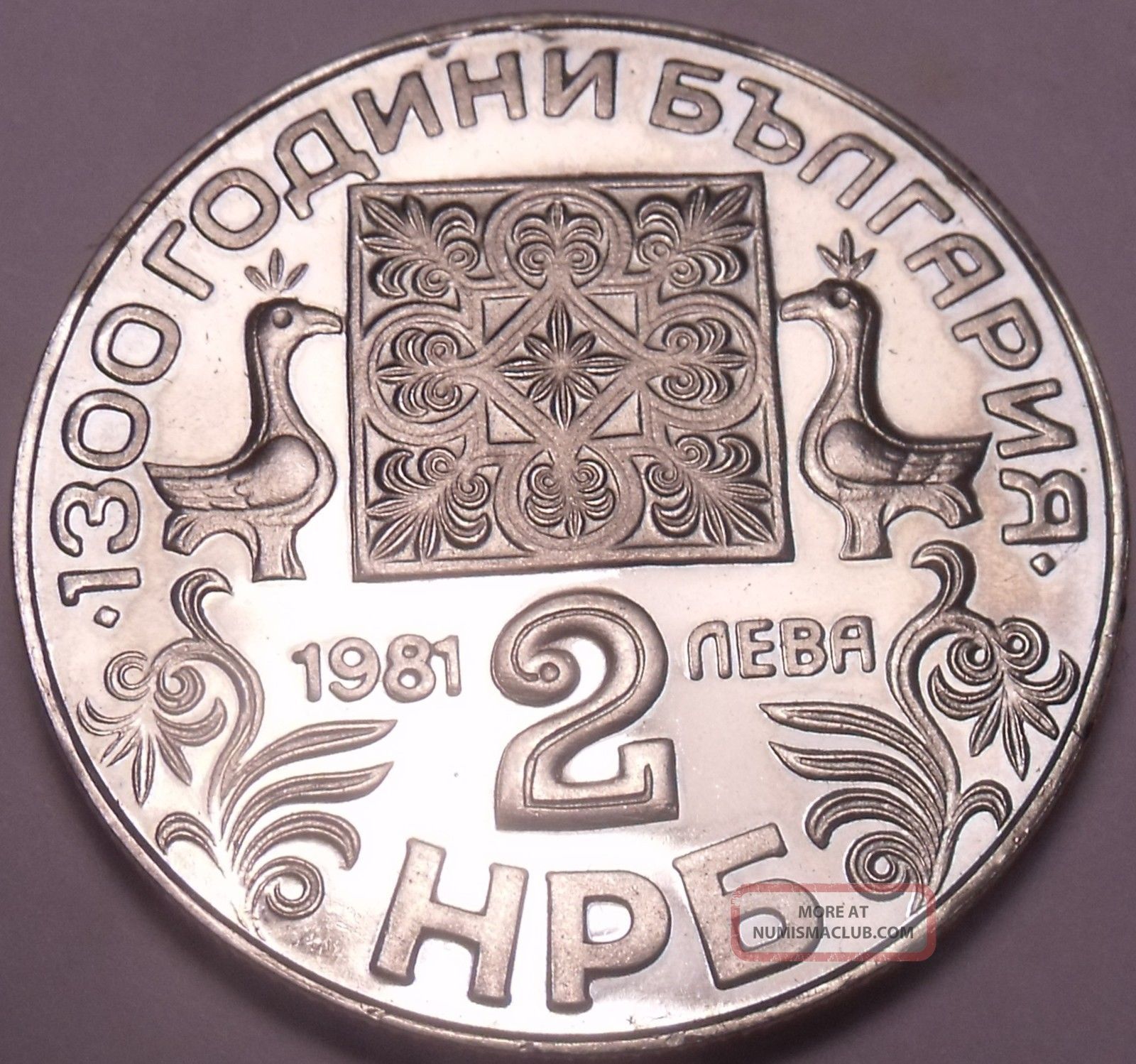
Congratulate: Coin cyrillic lettering
| Guernsey post office coins | |
| FOUR OF COINS TAROT LOVE | |
| Coin cyrillic lettering | Iconx coin |
| Coin cyrillic lettering | |
| Buy junk silver coins online | Bcpt coin |
Coin Lettering
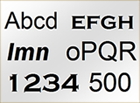 Latin letters are found on coin from Western countries. Coins of the United States, most of the Western hemisphere and Europe, and many modern coins (post 1948) from around the world have at least some Latin letters. In addition, you will find Latin letters on coins from medieval Europe and ancient Rome.
Latin letters are found on coin from Western countries. Coins of the United States, most of the Western hemisphere and Europe, and many modern coins (post 1948) from around the world have at least some Latin letters. In addition, you will find Latin letters on coins from medieval Europe and ancient Rome.  Numerals that appear with Latin letters are used throughout the West and come from early India. They are known as Hindu-Arabic numerals. Although Latin letters are prominent in numismatics, many coins do not use any Latin letters. We classify the non-Latin types into three broad categories, explained next.
Numerals that appear with Latin letters are used throughout the West and come from early India. They are known as Hindu-Arabic numerals. Although Latin letters are prominent in numismatics, many coins do not use any Latin letters. We classify the non-Latin types into three broad categories, explained next.
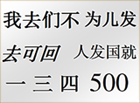 Chinese-style logograms appear on coins from eastern Asia, known as the Sinosphere. You will find this type of lettering on coins of China, Japan, Korea and a few other countries. The characters are not really letters, because a single logogram expresses a complete word or thought.
Chinese-style logograms appear on coins from eastern Asia, known as the Sinosphere. You will find this type of lettering on coins of China, Japan, Korea and a few other countries. The characters are not really letters, because a single logogram expresses a complete word or thought.  Often, especially on the Internet, Chinese-style logograms are westernized and spelled out in Latin letters. For instance, the four Chinese characters Dao Guang Tong Bao mean money of emperor Dao Guang. Dao Guang, who is also known as Daoguang and Tao Kuang, ruled as part of the Qing, or Ching, or Ch\'ing Dynasty from 1821 to 1850. As you can see, there are no standard Latin spellings for Chinese-style logograms. Dates, years, and denominations often appear in Chinese numerals.
Often, especially on the Internet, Chinese-style logograms are westernized and spelled out in Latin letters. For instance, the four Chinese characters Dao Guang Tong Bao mean money of emperor Dao Guang. Dao Guang, who is also known as Daoguang and Tao Kuang, ruled as part of the Qing, or Ching, or Ch\'ing Dynasty from 1821 to 1850. As you can see, there are no standard Latin spellings for Chinese-style logograms. Dates, years, and denominations often appear in Chinese numerals.
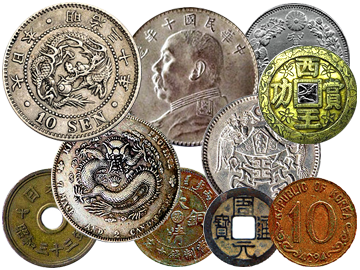
Chinese-style logograms
 Non-Latin letters with flowing style appear on coins of India, Iraq, Iran, Turkey, Nepal, Egypt, and many other countries. These are Arabic, Urdu, Sanskrit, and similar written languages. The numerals are easily confused with Hindu-Arabic numbers that appear on western coins.
Non-Latin letters with flowing style appear on coins of India, Iraq, Iran, Turkey, Nepal, Egypt, and many other countries. These are Arabic, Urdu, Sanskrit, and similar written languages. The numerals are easily confused with Hindu-Arabic numbers that appear on western coins.  For instance, the \'1\' and \'9\' numerals are similar, but \'5\' and \'0\' are easily confused, as are \'6\' and \'7\'. Further, when a year appears on a flowing coin, it is likely from an Islamic calendar. Such calendars are based on the life of Prophet Muhammad, who lived about 600 years after Jesus Christ. This means Islamic dates are about 600 years earlier than western dates. For instance, 1950AD on the western (Gregorian) calendar is the same as AH1370 on the Islamic (Hijri) calendar.
For instance, the \'1\' and \'9\' numerals are similar, but \'5\' and \'0\' are easily confused, as are \'6\' and \'7\'. Further, when a year appears on a flowing coin, it is likely from an Islamic calendar. Such calendars are based on the life of Prophet Muhammad, who lived about 600 years after Jesus Christ. This means Islamic dates are about 600 years earlier than western dates. For instance, 1950AD on the western (Gregorian) calendar is the same as AH1370 on the Islamic (Hijri) calendar.
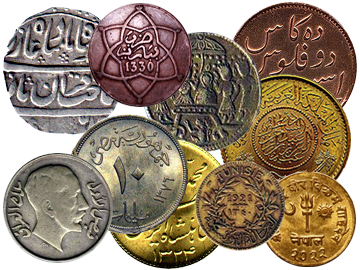
Non-Latin, flowing style
 Non-Latin letters with block style use Cyrillic, Greek, Hebrew and similar alphabets. Such lettering appears on coins of Armenia, Czechoslovakia, Russia, Greece, Finland, Romania, and other Orthodox and Slavic countries. The numerals used are usually the same as those of western countries.
Non-Latin letters with block style use Cyrillic, Greek, Hebrew and similar alphabets. Such lettering appears on coins of Armenia, Czechoslovakia, Russia, Greece, Finland, Romania, and other Orthodox and Slavic countries. The numerals used are usually the same as those of western countries.
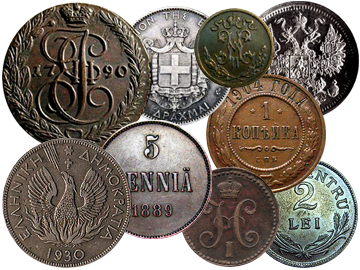
Non-Latin, block style
0 thoughts on “Coin cyrillic lettering”